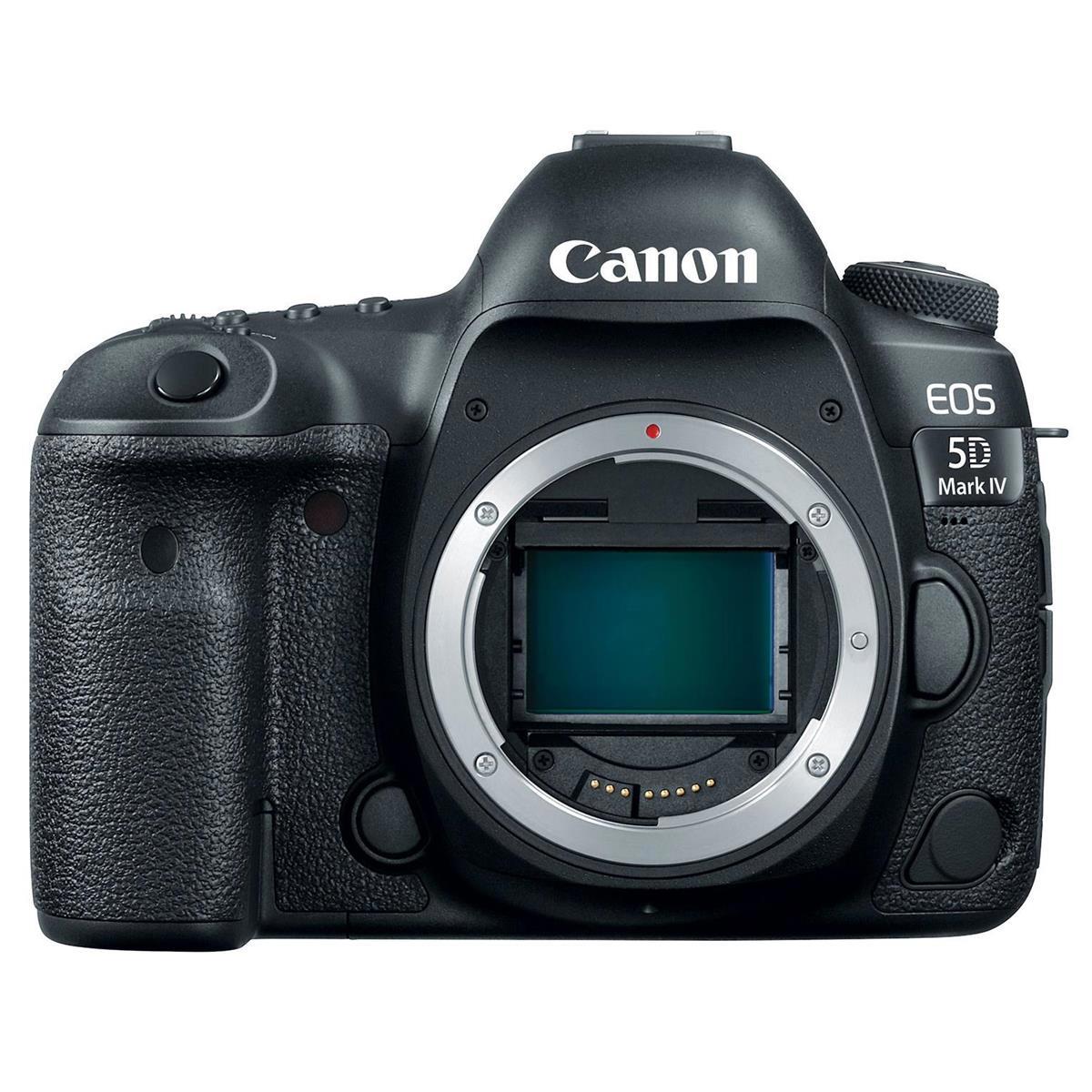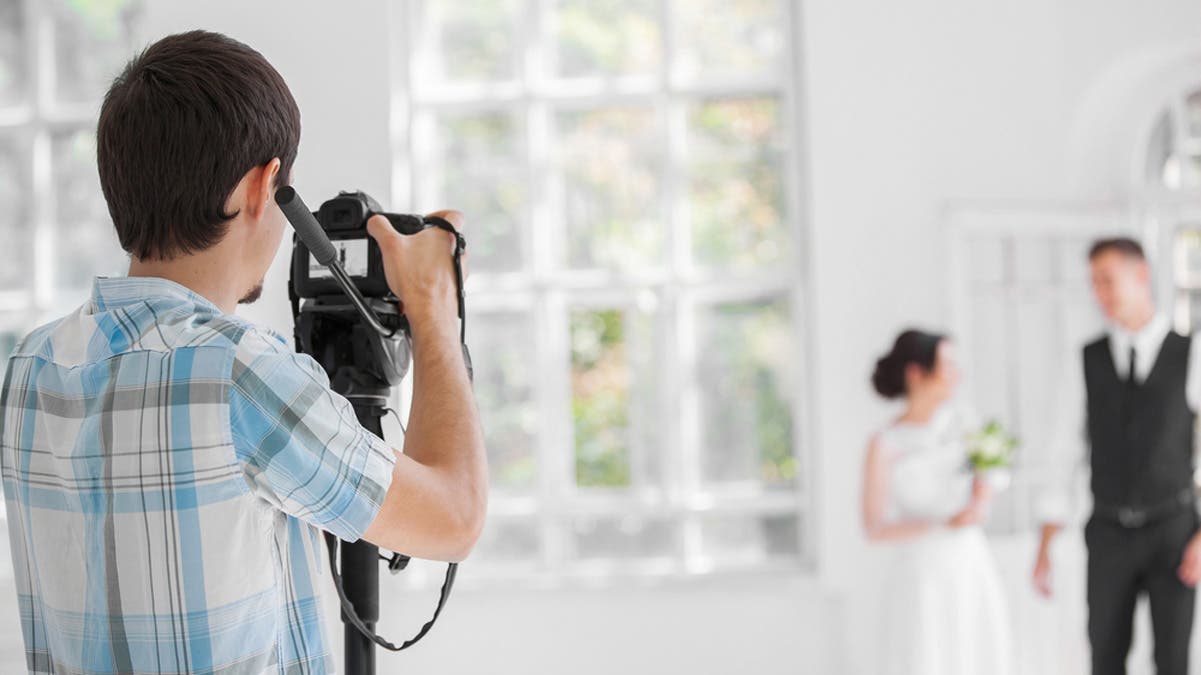Even though you may be new to wedding photography, it’s very important to have a good DSLR, several lenses and a flash. An entry-level DSLR will suffice when shooting your first weddings, and for use as a backup camera. However, you should consider investing in high-quality equipment for the long run, especially if you plan to shoot weddings professionally.
To begin with, you can rent much of the equipment you’ll need. Rental prices for a DSLR body range from about $50 – $200 / day, and many lenses can be rented from about $10 – $25 / day. Some rental departments offer a multi-day or weekend discount. Renting is a great way to go when you can’t afford the initial outlay of cash that professional camera equipment requires, and it will give you the opportunity to try out equipment before purchasing it. Renting several days before the big event will give you the opportunity to familiarize yourself with the camera gear you plan to use.

DSLR Body
Many professional wedding photographers use full-frame digital cameras, which are becoming more common in today’s marketplace. Full-frame DSLRs offer excellent image quality in low-light situations, as well as great wide-angle capabilities. Some wedding and event photographers use more economical DSLRs with smaller sensors, which also have great imaging and AF features. Their smaller sensor size also offers greater magnification than those with full-frame sensors for telephoto work.
Video
Because of the rising popularity of videography at weddings and other important events, most of today’s DSLRs incorporate video. It’s possible for the wedding photographer to shoot brief video clips on his/her primary camera, but it’s better to have a second person shooting video with a DSLR or camcorder. The videographer also needs a fluid head tripod, remote microphone system and/or audio recorders. Just as with still photography, it’s important to document all the important events at a wedding.


Lenses
A maximum aperture of f/2.8 or wider is important for gathering light in dimly lit situations and for shallow depth of field. You may need to shoot in low light in a church where flash would be disruptive to the ceremony. Some wedding photographers utilize several prime (single focal-length) lenses, while others use zoom lenses that cover a broad range of focal lengths. You can cover the spectrum of wedding photo opportunities with three zoom lenses—a wide-angle zoom, a wide-to-telephoto zoom, and a telephoto lens.
Wide-Angle Zoom
This lens will enable you to shoot pictures in confined areas, like the bride’s dressing room. You can also take in expansive views, like the entire church or the wedding party. These zoom lenses are available in ranges that include 16-35mm f/2.8, 10-22mm f/3.5-4.5, and 14-24mm f/2.8.
Wide-to-Tele Zoom
The wide-to-telephoto zoom lens is perhaps the most versatile lens in wedding photography. At the wide end, you can photograph groups of people, while the long end will enable you to capture three-quarter views of the couple without getting perspective distortion. You may be able to capture most images at a wedding with this lens alone. These zoom lenses are available in focal length ranges that include 24-70mm f/2.8 and 17-55mm f/2.8.
Telephoto Zoom
When you need to bring far-away scenes in close, you’ll need a telephoto zoom lens. Many photographers use the 70-200mm f/2.8 or f/4 lens for this purpose. On a full-frame camera, the focal length is truly 70-200mm. However, on a camera with a smaller sensor, the 1.5x (Nikon) or 1.6x (Canon) multiplication factor will make the long end of the lens an effective 300mm or 320mm focal length. Chances are that you will need to handhold your camera and telephoto lens during a wedding ceremony and this is where image stabilization or vibration reduction is imperative.

Flash
The type of flash unit you use will depend on the style of photography you prefer. Many wedding photographers prefer to use flash units positioned away from the camera with a flash cord or bracket. These flashes are lightweight, portable and will usually provide sufficient light. If you are shooting formal portraits or want more creative lighting options, however, you may want to use studio lighting with modifiers such as softboxes and umbrellas. You may also need light stands and backdrops.
You can use simple camera gear when you’re first starting out in wedding photography. Renting will give you additional options, and you can always invest in higher quality equipment as you become more expert at your craft.






